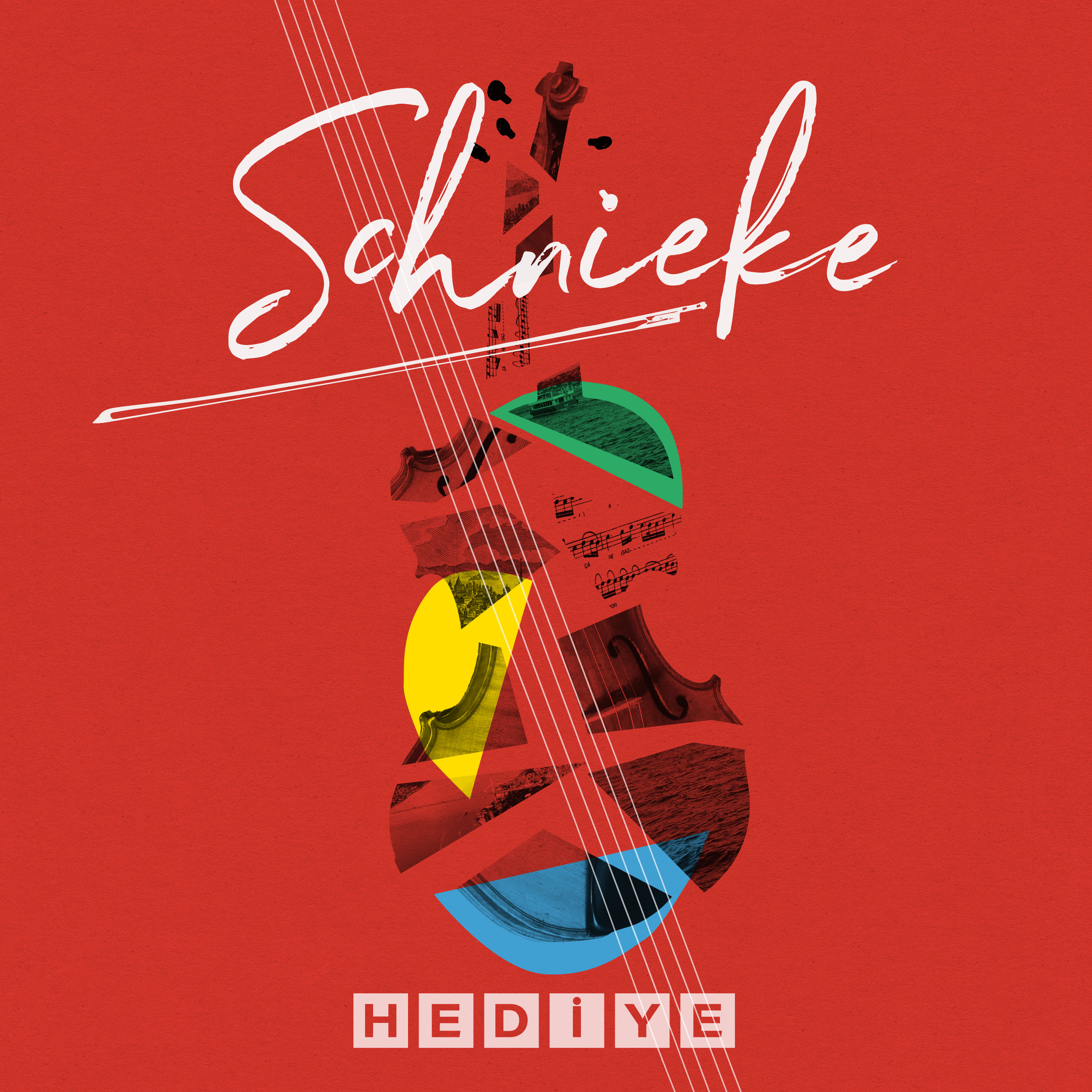A masterclass in how to bridge two worlds

Hediye (Gift) is Özgür Akgul's first album. Performing under the name of Schnieke – Berlin slang for "snazzy" – the noted German-based, Turkish composer of film and television scores has created an album that combines electronic music with stringed instruments of all kinds.
While this is certainly nothing new – strings have been used with electronic music in one shape or form since the heyday of disco in the 1970s – what he and his fellow musicians have created on this release is something much more complex and sophisticated.
Of the nine tracks on the album, three are re-interpretations of traditional tunes and the remaining six are original Akgul compositions. While all are instrumentals, each of them is such a unique collection of diverse sounds and themes, the absence of lyrics is hardly noticeable.
In fact the listener can't help but be caught up in the spirit of the music and allow our imaginations to wander into the scenarios they could possibly be creating, because instead of colouring in the images shown on a screen, the music on Hediye creates images from the sounds created by the musicians.
Listening to the album, one can't help but be reminded of the fact that on their migration from northern India, the Romany travelled through Turkey on their journey westwards into Europe. While none of the tracks have roots directly in the Roma tradition, the echoes of that style can be heard throughout the album, especially in the eighth track on the album, "Gayda". The swirling strings and the infectious rhythms on some of the tunes are reminiscent of many a string band from Eastern Europe.

DJ Ipek's space-time continuum in sound
Eklektik BerlinIstan's DJ Ipek – Ipek Ipekcioglu – is famous far beyond her home city of Berlin. Now the music producer has released her first album as part of the musical project "Karmaturji". Daniel Bax had a listen
Crafting something new
However, this band is not welded to one tradition. Even when they are working from a traditional framework, they are crafting something new. While Akgul is the only one playing electronic instruments – analogue synthesizers and drum machines – as well as the violin, their contributions to the overall sound can't be understated. Not only do they help establish a beat, they directly influence the atmosphere and emotional context of the tracks.
This is not meant to diminish the contributions of the other musicians on the album – Hasan Gözetlik (trumpet and trombone), Göksun Çavdar (saxophone), Korhan Erol (electric guitar and bass), Burhan Hasdemir and Barış Güney (live percussion), Zafer Tunç Resuloğlu (live drums), John Gürtler (church organ) and the Istanbul Strings – because they each make vital contributions to the collection. Nevertheless, the electronics are the element coursing through Hediye that brings it in a new direction.
The tracks based on traditional pieces and the original compositions all bear the hallmarks of having been composed with one foot in the world of contemporary music without ever forgetting where and how the sound originated. Listening to this album is like being given a masterclass in how to bridge two worlds without sacrificing anything from either along the way.
One of the keys to creating this sound and atmosphere is the use of both electronic and – as the band call them – live drums and percussion. There is something about the feel and sound of acoustic percussion and drums that bring an emotional depth to music. When drum machines are used on their own, a song can become, for lack of a better word, somewhat mechanical. However, when they are used as a complement, they embellish and elaborate on their counterparts giving a piece a depth it might otherwise have lacked.
A swirl of electronic and acoustic sound
The album's opening track, "Tanz Mir Den Untergang" (Dance My Downfall), is a perfect introduction to what this recording has to offer. The first 90 seconds are a swirl of electronic and acoustic sound with the rhythmic feel we've come to expect in everything from Sufi ecstatic music to Romany wedding songs. Then the music changes almost abruptly: a solo violin is accompanied by the sound of plucked strings and light hand percussion.
However our respite is only short-lived as the track picks up its pace again with the strings and rhythm returning to their former frantic pace. Listening to the track in the context of its title, it does sound like some sort of macabre celebration or a representation of someone's ascension and subsequent decline. The character in question spirals up on a whirlwind until they plateau momentarily only to have the same whirlwind return them to where they started.
While not all the tracks are open to this type of sinister interpretation, they all have layers of thought and emotion within them. The fifth track, "Kadıoğlu", is the band's interpretation of a traditional Zeybek dance tune. The Zeybek has its origins amongst the Yoruks people and is named for guerrilla fighters who lived in western Anatolia who were known as the defenders of the people against rapacious landlords and tax collectors.
Traditionally, there are two different types of Zeybek based on a piece's tempo: agir (slow) or kivrak (fast). Based on that definition, "Kadioglu" would fall into the agir category. The rhythm is an undercurrent over which an elegant, almost mournful violin wafts. Periodically this is punctuated with deep, resonant sounds produced by Akgul's deft hand on the keyboards.
However, while nowhere near as fast paced as other tracks on Hediye, the piece contains an undercurrent of controlled energy – as if it's building up to something. It almost feels trance-inducing at times.
Hediye from composer Özgür Akgul is a wonderful combination of the modern and the traditional. Whether his adaptations of traditional Turkish and Balkan music or his own compositions, Akgul has created tracks of beauty and interest. Each piece is a case study in how the modern and the traditional can co-exist in harmony, creating something that reflects the best of both worlds.
© Qantara.de 2024
